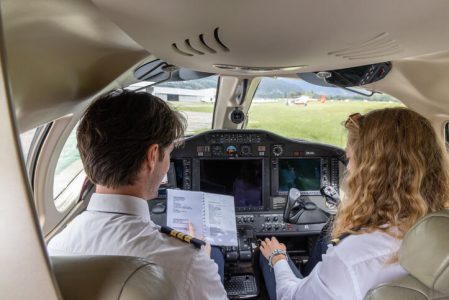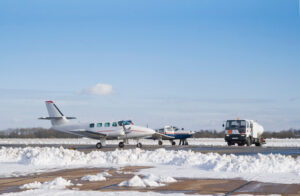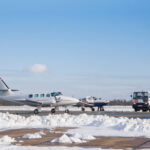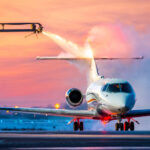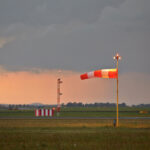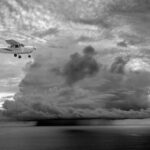ATOMATOFLAMES
In aviation, safety and compliance are controlling. For pilots, understanding aviation acronyms is crucial for ensuring that every flight meets the necessary requirements. One of the essential acronyms that pilots should familiarize themselves with is ATOMATOFLAMES. This handy mnemonic helps pilots remember the required equipment for under FAR 91.205 for VFR flights, ensuring that aircraft are adequately prepared for a safe journey through the skies.
Breaking Down ATOMATOFLAMES
ATOMATOFLAMES is more than just a string of letters – each letter represents equipment required for flight operations. Let’s delve into each letter and understand its significance:
- A – Altimeter: This instrument is essential for measuring the aircraft’s altitude relative to sea level, allowing pilots to maintain a safe flying height and avoid obstacles.
- T – Tachometer: Monitoring the engine’s RPM is crucial for ensuring the engine runs within its safe operating limits.
- O – Oil Pressure Gauge: Keeping an eye on the oil pressure is vital for engine health, as it indicates whether the engine is lubricated properly.
- M – Magnetic Compass: Essential for navigation, the magnetic compass helps pilots maintain their intended course.
- A – Airspeed Indicator: This instrument shows the aircraft’s speed relative to the air, crucial for maintaining control and stability during flight.
- T – Temperature Gauge: Specifically for liquid-cooled engines, this gauge helps monitor the engine’s operating temperature to prevent overheating.
- O – Oil Temperature Gauge: For air-cooled engines, this gauge ensures the engine temperature remains within safe limits.
- F – Fuel Gauge: Knowing the fuel level is critical for flight planning and avoiding in-flight fuel exhaustion.
- L – Landing Gear Position Indicator: For aircraft with retractable gear, this ensures the landing gear is properly extended or retracted.
- A – Anti-collision Lights: These lights enhance visibility to other aircraft, reducing the risk of collisions.
- M – Manifold Pressure Gauge: In aircraft with a constant-speed propeller, this gauge helps monitor engine output.
- E – Emergency Locator Transmitter (ELT): This device aids in locating the aircraft in the event of an emergency landing or crash.
- S – Seat Belts: Ensuring all passengers are secured with seat belts is a basic yet crucial safety measure.
Practical Tips for Ensuring Compliance
Before embarking on any flight, pilots should conduct a thorough pre-flight inspection to verify that all ATOMATOFLAMES equipment is present and functioning correctly. Here are some practical tips:
- Checklist Routine: Incorporate ATOMATOFLAMES into your pre-flight checklist routine to ensure no equipment is overlooked.
- Equipment Testing: Regularly test instruments and equipment to confirm they are in working order, paying special attention to gauges and lights.
- Stay Informed: Keep up with any updates on aviation regulations to ensure compliance with current standards.
- Maintenance Records: Maintain detailed records of equipment checks and maintenance to easily track any issues or repairs needed.
The Importance of Regular Checks
Regular equipment checks are not just a regulatory requirement but a critical component of flight safety. By adhering to ATOMATOFLAMES, pilots can reduce the risk of in-flight emergencies and ensure a safe flying experience. Remember, staying updated with aviation regulations and consistently monitoring equipment can make all the difference in a successful flight operation.
In conclusion, the skies are vast and full of possibilities, but they require respect and preparation. By understanding and applying ATOMATOFLAMES, pilots can confidently take to the skies, knowing they are equipped for a safe and compliant journey.
RELATED CTS TRAINING
RELATED CTS TRAINING

